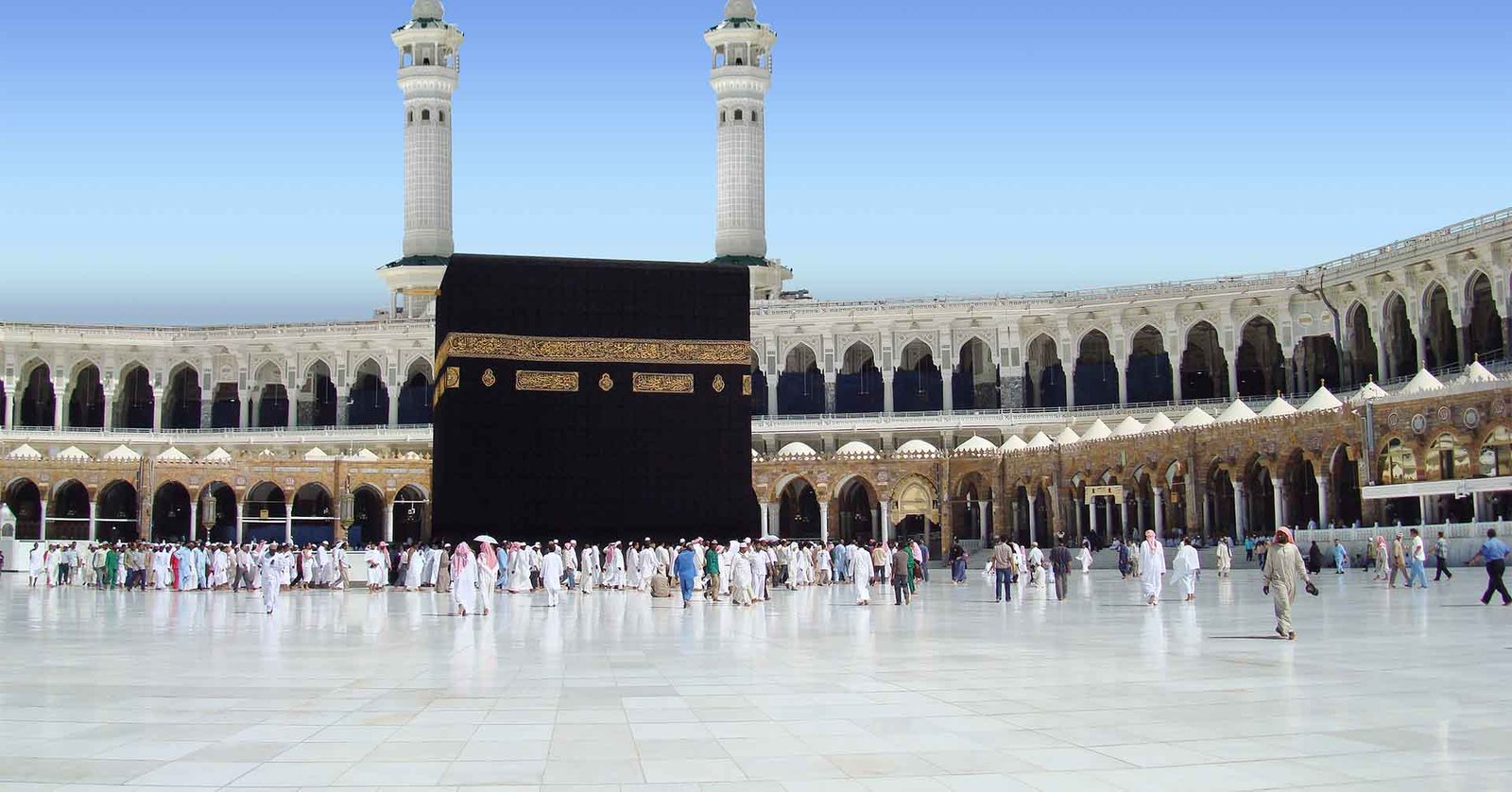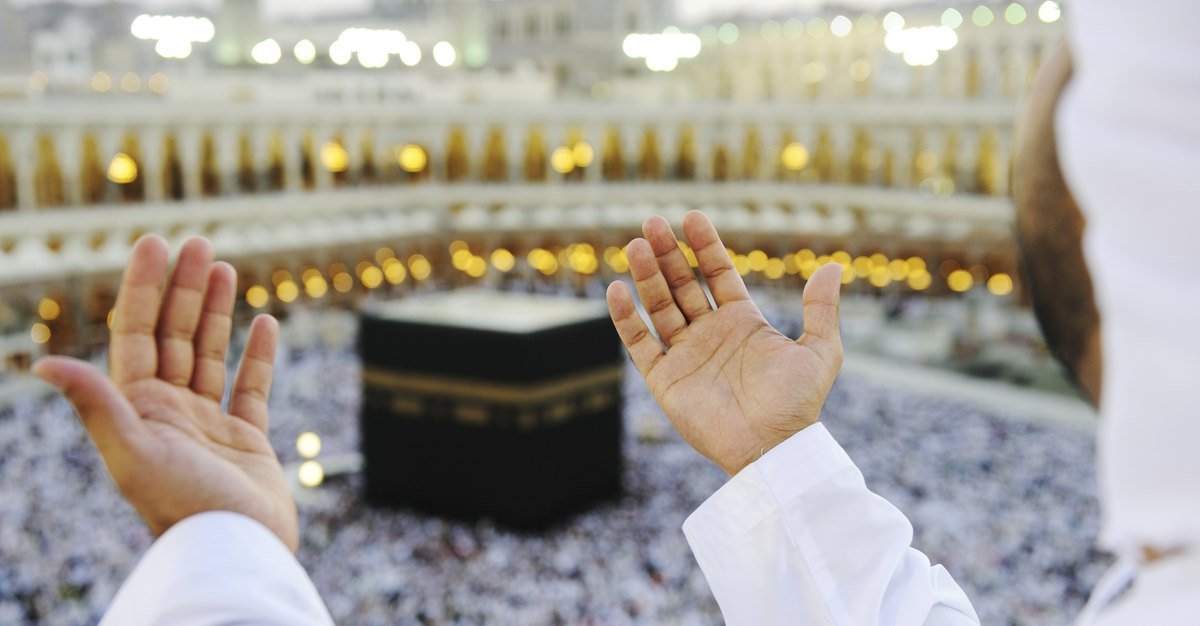The History of Hajj: Origins, Evolution, and Significance
The pilgrimage of the history of Hajj holds a profound significance in Islam, tracing its roots back to ancient times. Through centuries of evolution and adaptation, Hajj has emerged as one of the largest religious gatherings in the world, attracting millions of Muslims annually. In this article, we delve into the rich history of Hajj, exploring its origins, evolution, and enduring significance.

Introduction to Hajj
Hajj, the fifth pillar of Islam, is an obligatory pilgrimage that every Muslim strives to undertake at least once in their lifetime if physically and financially able. It occurs in the Islamic month of Dhu al-Hijjah and involves a series of rituals performed in and around the holy city of Mecca, Saudi Arabia.
Origins of Hajj
Pre-Islamic era
The roots of Hajj can be traced back to the pre-Islamic era when Mecca was a center of trade and religious practices. The Kaaba, a cube-shaped structure believed to have been built by Prophet Ibrahim (Abraham) and his son Isma’il (Ishmael), was revered by the pagan Arabs as a sacred sanctuary housing multiple idols.
Islamic origins
The advent of Islam marked a significant transformation in the practices associated with the pilgrimage to Mecca. Prophet Muhammad, the founder of Islam, abolished the pagan rituals and reinstated the monotheistic faith of Ibrahim.
The Quranic revelations emphasized the importance of Hajj as a symbol of submission to the will of Allah. For hajj packages explore our Signature Hajj Package
Evolution of Hajj rituals
Early practices
In the early years of Islam, the rituals of Hajj were simple yet profound. Pilgrims circumambulated the Kaaba, ran between the hills of Safa and Marwa, and engaged in prayers and supplications. These rituals symbolized the obedience and devotion of believers to Allah.
Contributions of Prophet Muhammad
Prophet Muhammad’s pilgrimage to Mecca in 632 CE, known as the Farewell Pilgrimage, laid the foundation for the modern-day Hajj. His teachings and actions during Hajj set the precedent for the rituals observed by Muslims today, including the performance of Tawaf, Sa’i, and the symbolic stoning of the devil.
Significance of Hajj
Hajj holds profound spiritual significance for Muslims, serving as a means of seeking forgiveness, purification, and spiritual renewal. It is also a manifestation of the unity and equality among believers, as people from diverse backgrounds gather in Mecca, dressed in simple white garments, symbolizing their equality before Allah.
Hajj throughout history
The history of Hajj is intertwined with the spread of Islam across the globe. As the Islamic empire expanded, so did the pilgrimage to Mecca, with pilgrims traveling from distant lands to fulfill their religious obligation. Historical landmarks, such as the construction of the Masjid al-Haram and the expansion of the Kaaba, bear testimony to the enduring legacy of Hajj.
Modern-day Hajj
In contemporary times, Hajj has undergone significant transformations due to advances in transportation, communication, and infrastructure. The annual pilgrimage now attracts millions of pilgrims from around the world, posing logistical challenges yet fostering a sense of global unity among Muslims.
The Hajj experience
The journey of Hajj is a profound spiritual experience, characterized by moments of reflection, devotion, and communal worship. Pilgrims undergo rigorous preparations, both physically and spiritually, as they embark on the sacred journey, seeking closeness to Allah and spiritual enlightenment.
Hajj in literature and art
The pilgrimage of Hajj has inspired countless works of literature, poetry, and art, reflecting its significance in the Islamic tradition. From the epic poems of medieval scholars to contemporary novels and paintings, Hajj has been a recurring theme, capturing the imagination of artists and writers across generations.
Hajj’s impact on society
Beyond its religious significance, Hajj has had a profound impact on society, influencing cultural practices, economic dynamics, and diplomatic relations. The influx of pilgrims stimulates local economies, while the cultural exchange fosters mutual understanding and tolerance among nations.
Global significance of Hajj
Hajj is not merely a religious obligation but also a global phenomenon that transcends geographical and cultural boundaries. The participation of Muslims from every corner of the globe reflects the universality of Islam and its message of peace, unity, and brotherhood.
Challenges and controversies
Despite its significance, Hajj is not without challenges and controversies. Issues such as overcrowding, safety concerns, and political tensions have plagued the pilgrimage, prompting calls for reform and improved management of the annual event.
Innovations in Hajj
In recent years, technological innovations have revolutionized the Hajj experience, making it safer, more accessible, and environmentally sustainable. From crowd management systems to mobile applications providing real-time guidance, technology has played a pivotal role in enhancing the efficiency and safety of Hajj operations.
Future trends in Hajj
As the world continues to evolve, so too will the pilgrimage of Hajj. Anticipated changes in demographics, technology, and global dynamics will shape the future of Hajj, necessitating adaptive strategies to accommodate the needs of pilgrims while preserving the sanctity of the rituals.
Personal reflections on Hajj
For many Muslims, Hajj is a transformative journey that leaves a lasting impact on their lives. Personal reflections and testimonials abound, recounting moments of spiritual awakening, communal solidarity, and profound encounters with the divine.
Conclusion
In conclusion, the history of Hajj is a testament to the enduring faith and devotion of millions of Muslims around the world. From its humble origins in the deserts of Arabia to its status as one of the largest religious gatherings on earth, Hajj continues to inspire and unite believers across generations.








